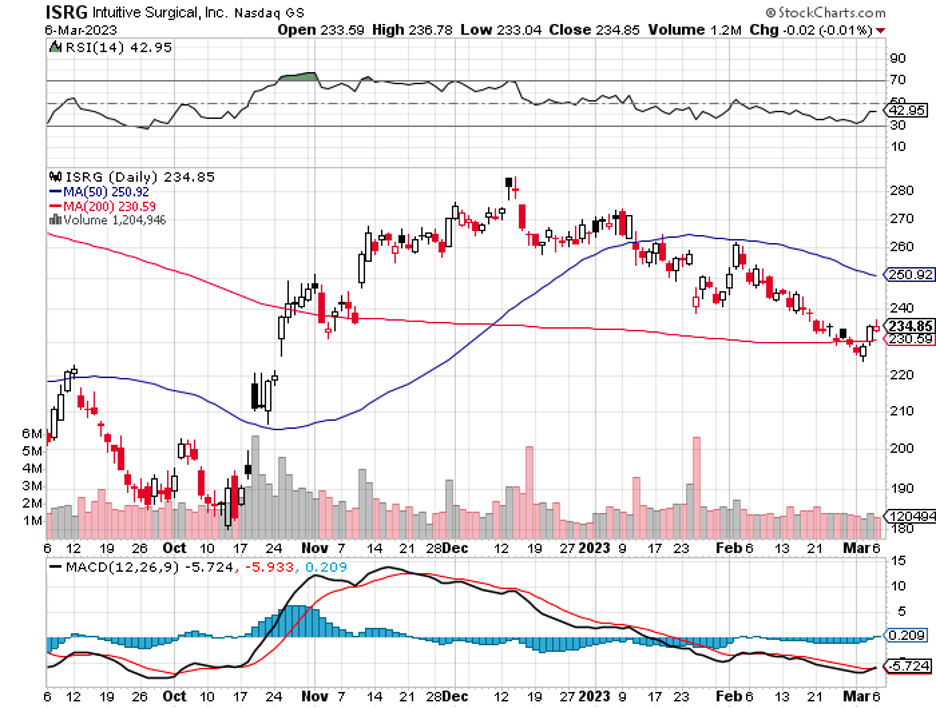The United States allocates a jaw-dropping 18% of its GDP on healthcare alone. That comprises twice the amount spent by other industrialized nations. Despite that, the US has the shortest life expectancy among the rest of the developed countries and the highest number of recorded maternal deaths.
A potential reason for this disappointing report is that a considerable sum of the capital gets invested in administrative expenses, including insurance companies, defensive care (aka protection for doctors against litigation), and the maintenance of a majorly disconnected system that involves an unparalleled number of varying payers, and a long list of billing staff and specialists. As a result, the healthcare system is plagued with frustrating inefficiencies and an astounding absence of coordination.
In fact, the administrative expenses of America’s National Health Expenditure (NHE) reach a total of about $1 trillion annually. That is roughly 30% of its overall spending.
This staggering amount has paved the way for artificial intelligence (AI) to enter the fray. If AI can offer tangible solutions to administrative issues, the US could save a quarter of its yearly spending on healthcare.
While that is promising, the benefits of AI won’t end there.
The convergence of AI, robotics, and surgery is an exciting area of technological advancement that will likely shape the future of medicine in the coming decade. AI and robotics are already being used in surgery to improve the accuracy and precision of procedures, reduce the risk of human error, and enhance patient outcomes.
In the case of surgeries, a critical question to ask your surgeons is, “How many times have you performed this specific procedure?”
Undoubtedly, surgeons who have done the surgery more times are considered the best options. They have presumably witnessed every potential variation and gained valuable experience when things go awry and, of course, how to remedy the situation. Typically, an experienced surgeon will perform hundreds of procedures every year.
But how would you feel if you discovered that your surgeon is an “AI-robotic platform” that has performed millions of operations yearly?
This AI-robot system would offer a multitude of benefits. First, it can assess the surgical field via infrared and ultraviolet, as well as conduct any procedure with incredible precision and dexterity. Second, the robot won’t be a victim of “human factors” like taking too much coffee, not getting sufficient rest or sleep, or arguing with their spouse hours before the surgery. Third, the platform could offer ways to eventually demonetize and democratize the procedure, enabling thousands of hospitals across the globe to access the technology.
So far, though, there’s no AI capable of performing 100% autonomous procedures. The closest we’ve gotten to date was in 2022 when a group of researchers at Johns Hopkins successfully created STAR or “Smart Tissue Autonomous Robot.”
STAR could perforce a laparoscopic surgery on a pig without any assistance from a human operator or surgeon. This makes the system not only unique but also extremely promising because it needs minimal to no human guidance.
Meanwhile, until this technology becomes completely available, the only company closest to this advancement is Intuitive Surgical (ISRG).
Intuitive’s platform, an “Avatar Robotic System” called da Vinci, allows an experienced surgeon to perform the surgery remotely in what they call “tele-operation mode.” Thus far, more than 60,000 surgeons have completed over 10 million surgical procedures via the da Vinci platform.
Another promising product in Intuitive’s portfolio is called the Ion Endoluminal System.
Intuitive's Ion Endoluminal System is a robotic-assisted platform designed for minimally invasive lung biopsy. It is intended to provide a minimally invasive method for obtaining lung tissue samples that can be used to diagnose lung diseases such as lung cancer.
Basically, the Ion Endoluminal System is made up of a flexible robotic catheter inserted through the patient's mouth or nose and guided to the target area of the lung via real-time imaging. A small needle on the catheter can be used to collect tissue samples from the lung without the need for a surgical incision.
The system guides the catheter to the precise location where the tissue sample is required using advanced imaging technologies such as ultrasound and electromagnetic navigation. The system also includes a workstation, allowing the physician to control the catheter and view the imaging results in real-time.
The Ion Endoluminal System has several advantages over traditional biopsy methods, including less trauma to the patient, shorter recovery times, and the ability to obtain tissue samples from difficult-to-reach areas of the lung. Overall, the Ion system is a significant advancement in the field of minimally invasive lung biopsy, with the potential to improve lung disease diagnosis and treatment.
Robot-assisted medical procedures beat the shaky hands of human surgeons. That thesis has not been proven wrong since Intuitive went public in 2005. The company has emerged as the apparent market leader with its “razors and blades” model that ensures it generates a recurring revenue stream as its platforms are used to perform surgeries.
At this point, Intuitive controls about 805 of this multi-billion-dollar market worldwide. In 2022, the surgical robotics market was valued at $8.5 billion, with this sector projected to exhibit tremendous growth to reach over double its valuation to $18 billion by 2027.
If you’re searching for a profitable business in a booming healthcare industry segment, Intuitive appears to be a no-brainer stock to add to your portfolio and hold for the long term. I suggest you buy the dip.



